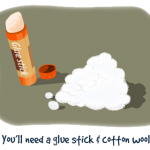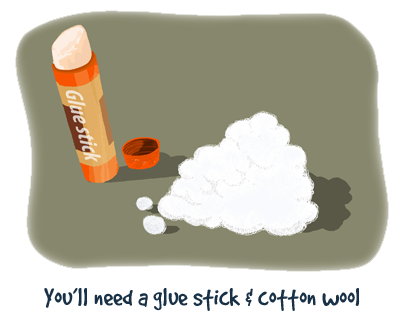Making your own parachute man is easy and so much fun!
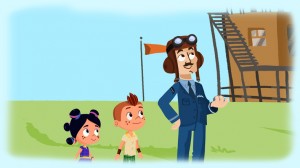 What you’ll need:
What you’ll need:
- Light material that you can cut, like a handkerchief or scrap material
- Scissors
- 8 equal lengths of string
- A small object to act as a weight, like a little action man figure
How to make it:
1) Cut out a large square from your material
2) Trim the edges so it looks like an octagon which is an 8 sided shape (make sure your parents are helping you)
3) Cut small holes near the edge of each side
4) Take your 8 pieces of string and attach them to each of the holes
5) Attach the other side of the string to your action man
6) Stand on a chair and drop the parachute man to see how he falls
Did it work?
Your parachute man should of fallen slowly to the ground because of the resistance caused by the air against the parachute. The bigger the parachute the slower your parachute man will fall.
If he’s not falling in a straight line cut a whole in the middle of the parachute which will allow air through the hole to help him float down straight!
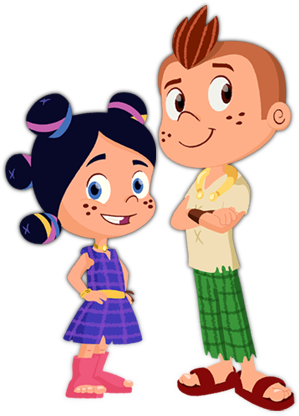
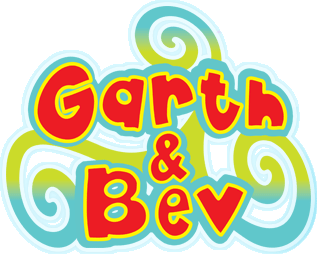



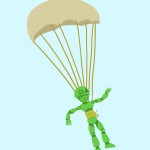


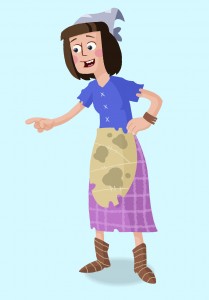

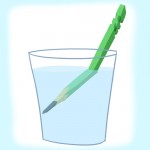
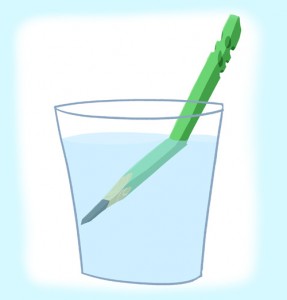

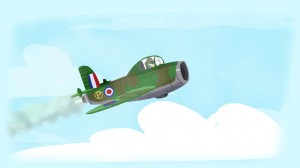

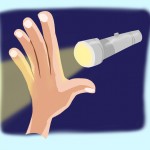
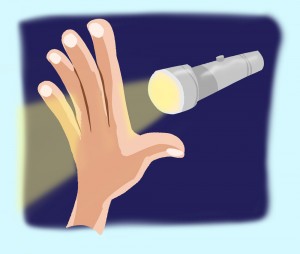

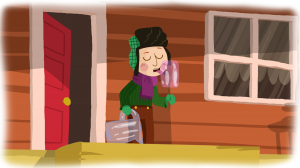
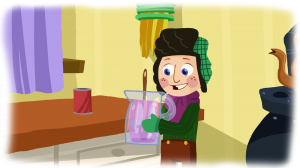

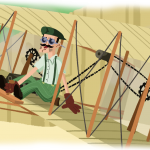
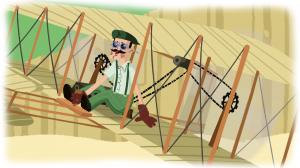


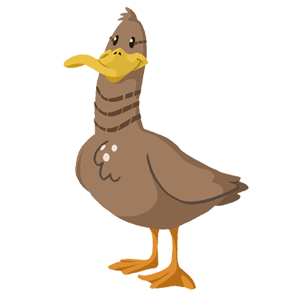 Do you have a pond near your home where you can watch ducks swimming? Maybe this weekend Mum or Dad could take you there to feed the ducks. Bring some ducky snacks with you and if you’re lucky the brave ducks will waddle right up to you!
Do you have a pond near your home where you can watch ducks swimming? Maybe this weekend Mum or Dad could take you there to feed the ducks. Bring some ducky snacks with you and if you’re lucky the brave ducks will waddle right up to you! Have fun feeding the ducks and don’t forget to look at our
Have fun feeding the ducks and don’t forget to look at our 